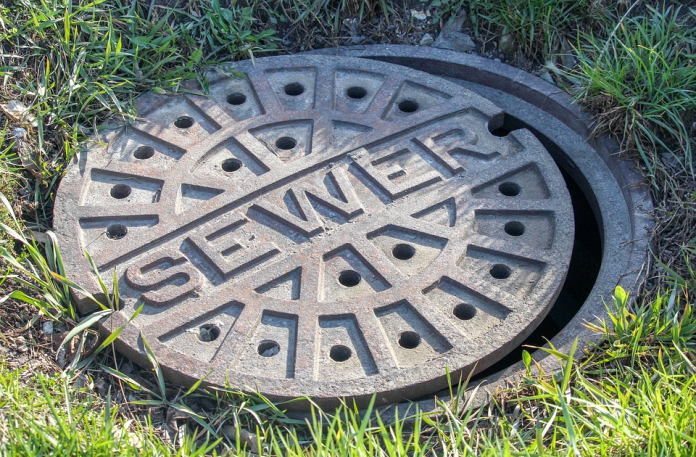Flooding due to sewer backup is a major hazard. We sincerely hope that no one has to face a floor flooded with stinking water from the sewer.
But unfortunately, these situations are pretty common. It is therefore, in good reason that every homeowner should be prepared and knowledgeable about the sewer backup and its prevention.
Signs of Sewer Backup
Some signs can hint towards an escalating sewer backup situation in your home. Slowing drainage all around the house, without any discernible clogs could point towards an issue in the main sewer line. Sometimes an unused drainage line may backup when you are using a fixture on a different drainage line. Besides, if the sewer cleanout pipe outside your house appears to be flowing, it may be an indication of a blockage in the main sewer line.
Dangers of Sewer Backup
Sewer backup and flooding are not only a major cause of irreparable water damage, but they are also the harbinger of many health hazards. Exposure to the microorganisms from the sewer can lead to illness. It is advisable that in the event of a sewer backup at your home, you should take care to avoid any contact or exposure. You should seek services of an emergency plumber at the earliest.
Prevention tips
It’s always better to be safe than sorry! If you take the following practical precautions, you will probably never have to face a sewer backup.
- Regular cleaning of drains: You should take the task of cleaning and unclogging drains rather seriously. Regular maintenance ensures that the piping is in good condition and there are no reasons for blockages in the main sewer. While cleaning, avoid the use of chemical drainage cleaners as they could erode the plumbing and cause more harm than good.
- Manage disposables: There are some things that should never enter the sewer line. These include paper tissues, wipes, diapers, feminine hygiene products, and plastics. These items degrade slowly and can collect in the sewer line and lead to a clog.
- Disposal of grease: People have a habit of draining cooking oils and fats in the kitchen sink. These greasy substances do not break down completely and can solidify in colder temperatures. This can be a cause of clogged drains eventually leading to sewer backup problems.
- Backwater prevention valve: If your main sewer line has been installed with a backwater prevention valve, it can prevent any backflow of sewer into the line.
- Sewer lateral maintenance: The sewer lateral is a pipeline connecting your home drainage to the city’s sewer line. A damaged sewer lateral can cause problems with sewer backup and flooding in your home. Every homeowner should proactively maintain the sewer lateral, and get it checked for cracks and roots infiltration.
- Plastic pipelines: It is advisable to install plastic or PVC pipes in your sewer line and plumbing system. The plastic pipes are durable and can withstand underground roots penetration.
- Annual plumbing maintenance: Even if you are a very vigilant homeowner, there may be certain plumping issues that can escape your foresight. It is always better to have an expert look into the plumbing and sewer system of your home once in a while. You can get advice regarding any issues which may lead to potentially big plumbing problems and also get some practical prevention tips
What to do if you face sewer backup?
If there is sewer backup flow in your home, you need to get the site cleaned up immediately to prevent any further damage. There are professional service providers who can vacuum and clean the flooded floors and walls; remove wet and damaged upholstery, drapes and carpets and leave your area sparkly clean again. Make sure to get the site disinfected post clean-up. And finally, get your home’s plumbing and drainage cleared out to make sure there isn’t any clogging.



















